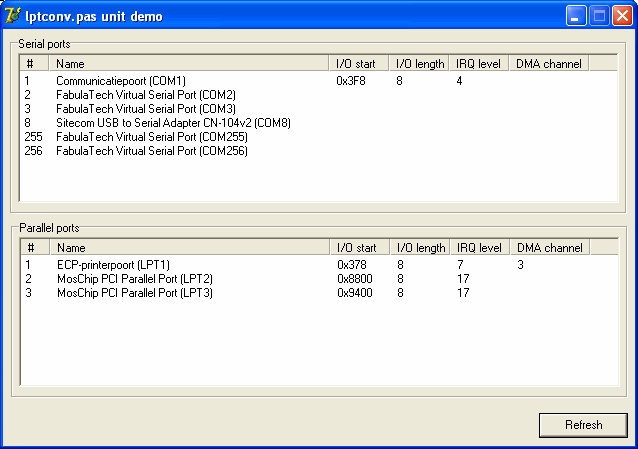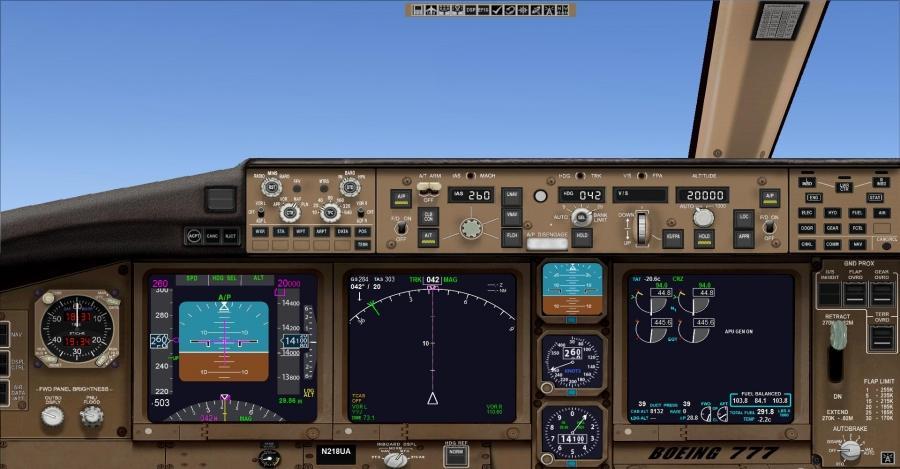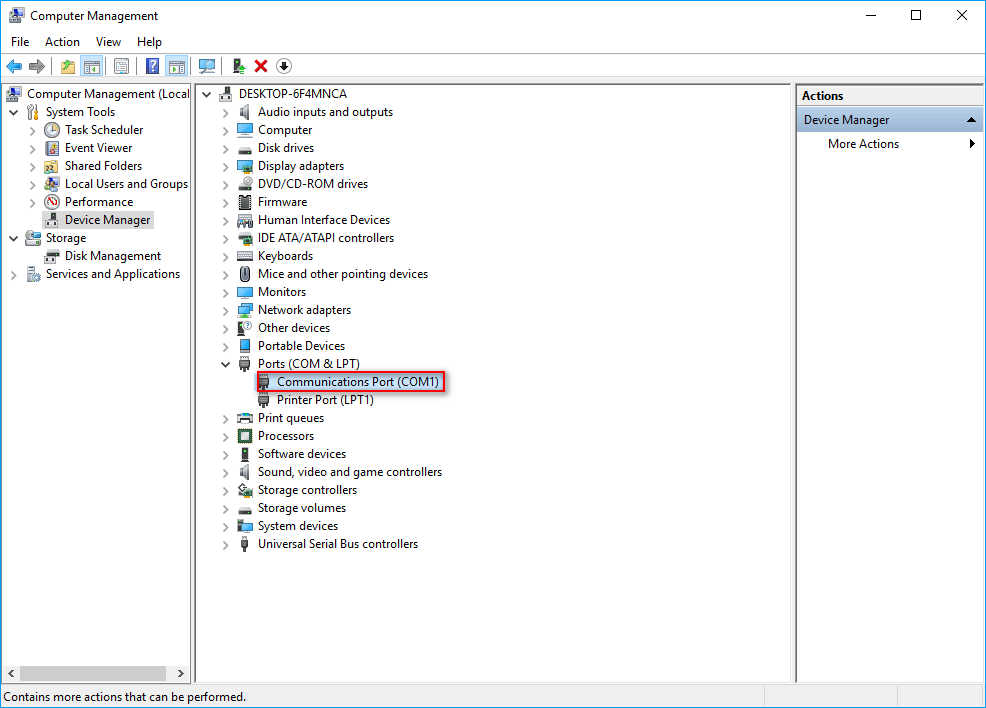WinPrint knows nothing about ports, it only sends prints from files to the default Windows printer. You have to configure your (probably DOS) application to print to a file instead to LPT port and configure WinPrint to 'watch' specified directory, where these files are created. It is not perfect tool, sorry:) Regards, Przemek.
I'm working on trying to get a citrix app to talk to some laserjet 1000 USB printers. We normally use an app called Screwdrivers to make the USB printers work with Citrix, but I am doing some experimentation with the web client and am trying to come up with a way to get it to work without having to install software on the end user's machine.
I got the rest of the printers (network) to work by virtually mapping the queue to lpt1 on the machine with this command:
net use lpt1: serverprinter /persistent:yes
and it seems to be working ok..
But LJ1000 reads as being connected to USB001 port. Is there a way to virtually map this port so citrix thinks it's sending the job to lpt1?
Setting up a printer to use an LPT port in Windows 10.
In Microsoft’s great wisdom, with the release of Windows 10, they did away with the default ability to use LPT ports for legacy printing devices.
Fear not, however, there is a way to turn it back on! This guide will lead you through changing the setting so that you may use your legacy device.
Lpt1 Virtual Port Windows 10 Free

- Most solutions I've found are specific to adding a port to a Virtual Machine, but I'm not using a Virtual Machine, I'd like to fool my OS (Windows) into thinking there's a parallel port on my laptop. Note that the triggers don't actually need to be received anywhere for my code to work, I just need the program to think that they are being sent.
- I have a parallel printer hooked up (via usb to parallel cable) to my usb port. In windows, the printer prints via the USB virtual port. One piece of web software I'm using only lets me print to LPT1, LPT2, Com1, Com2, or COM3. Is there anyway to trick my computer into thinking LPT1 is the.

The first step in our journey will take us to the Windows Device manager. To get there click in the search box adjacent to the Windows icon in the bottom left hand corner. Type in “Device Manager”.
As you type, Windows should be searching for a program matching your search. Once you see 'Device Manager', click on the icon. With the 'Device Manager' open, look for “Ports (COM & LPT)” in the list of different device types.
Once found, expand the selection:


Right click on “ECP Printer Port (LPT1)” and choose “Properties”.
Navigate to the “Port Settings” tab and check the box to “Enable legacy Plug and Play detection”.

Saving this setting change MAY prompt you to reboot your computer. DO NOT DO THIS. Rebooting will turn this setting off. Frazer is not suggesting that your computer should stay on forever with no reboots. Basically Frazer just wants you, the dealer, to know that this setting will be reset every time a computer reboot is done. Why Microsoft prompts you to reboot after changing a setting that is reset after a reboot is a philosophical question I’m not prepared to answer today.
Lpt1 Virtual Port Windows 100
From here, you should be set to navigate to “Devices and Printers” to print a test page. If the test page works, you should be all set.